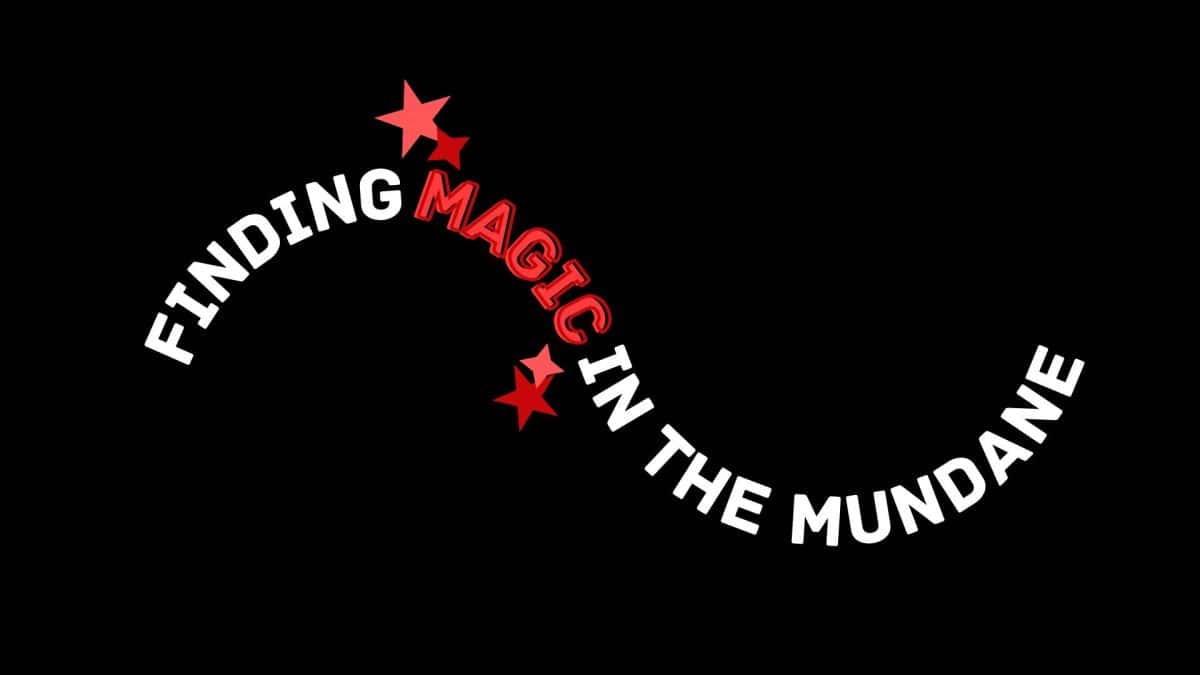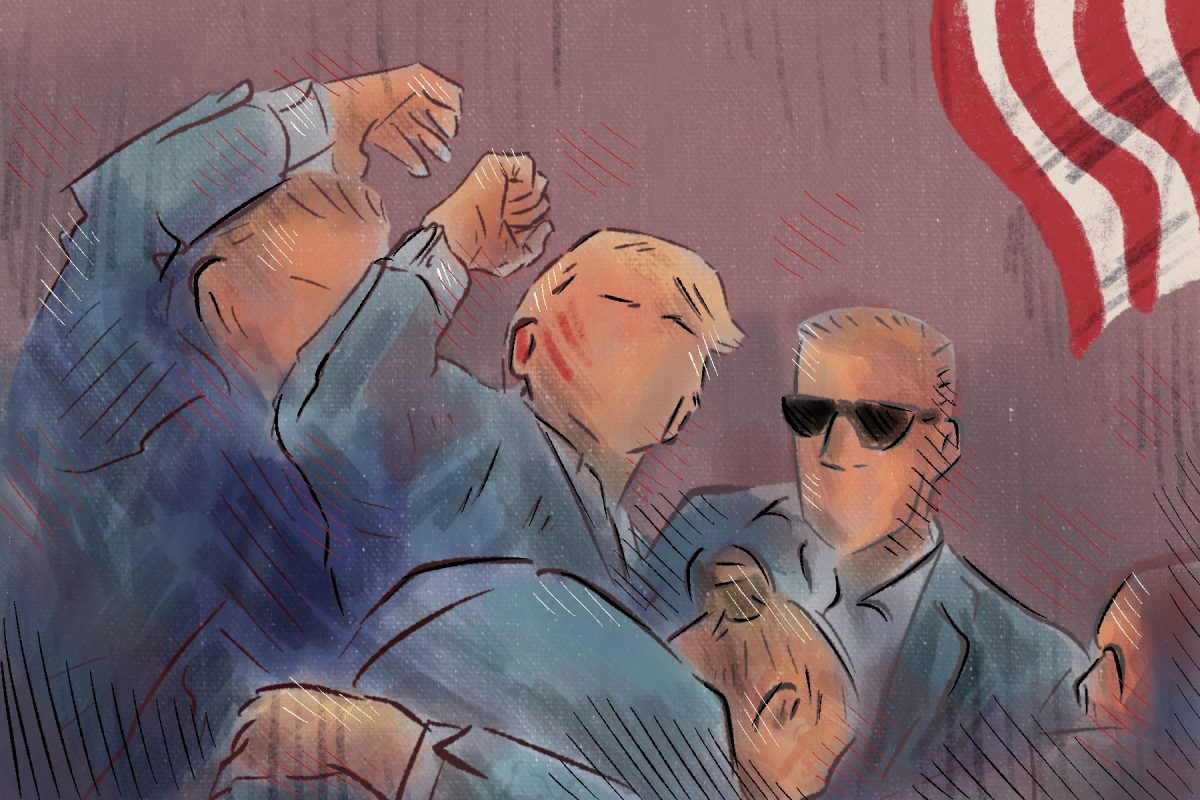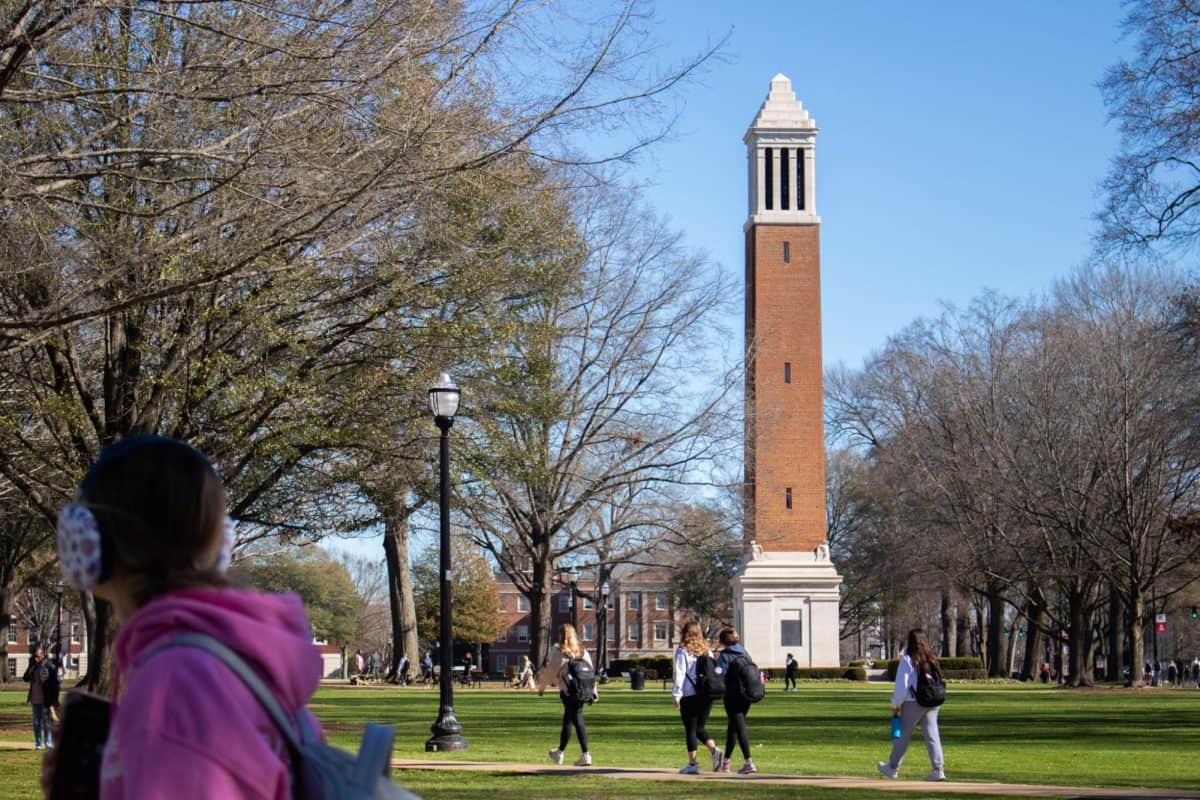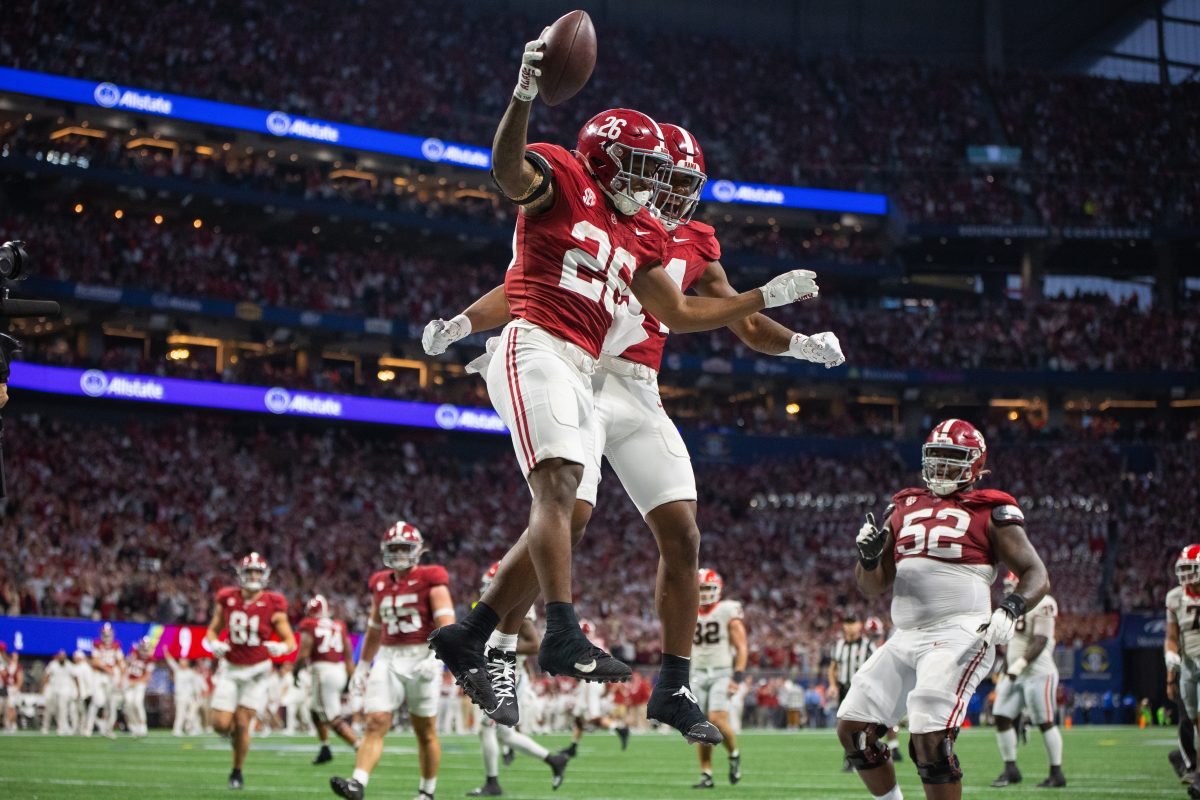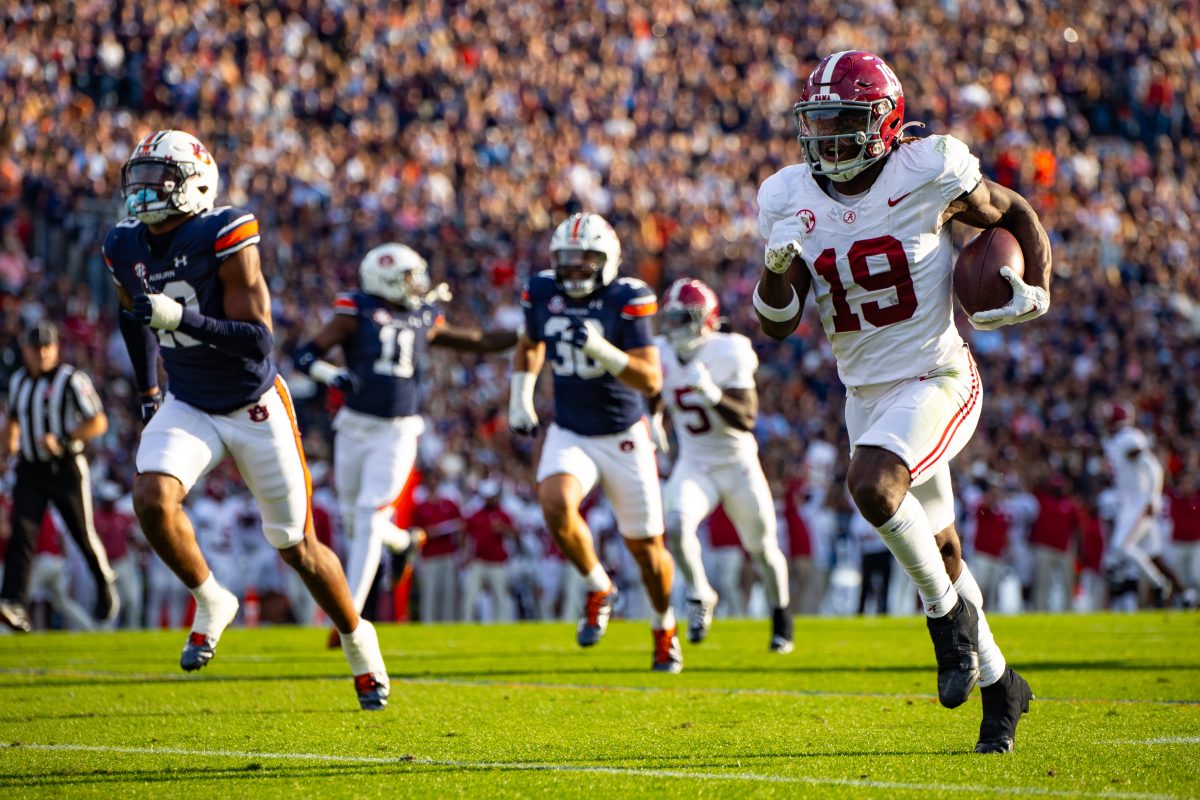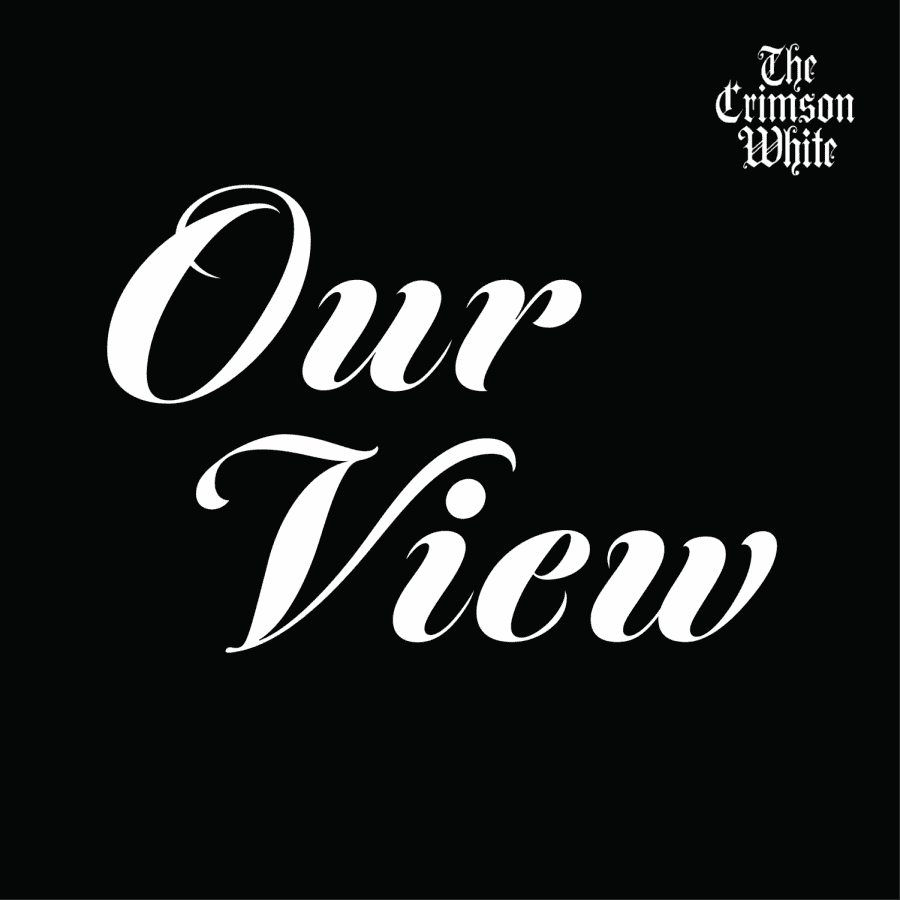With the rise of conversations about sexual violence, particularly on college campuses, I’d like to posit this column as a reminder that sexual assault affects every demographic of communities, to include those who are lesbian, gay, bisexual, transgender, queer or hold other similar identities. It is even more important to note that the CDC puts the rates of sexual assault within the LGBTQ+ community as comparable to or higher than what has been statistically recorded for heterosexuals.
Not surprisingly, a 2015 study released by the American Association of Universities (AAU) confirmed these results among more than 150,000 students at both private and public universities around the U.S. For instance, the survey found that across gender and orientation, LGBTQ+ respondents experienced the highest rates of sexual assault on their campuses. (Even within the community, these rates are highest for those who identify as bisexual and/or transgender or gender-nonconforming.)
With the movement to start conversations, change the narrative and make a change regarding sexual assault on The University of Alabama campus, we cannot leave out the experiences of our LGBTQ+ students – experiences that are often already invisible or dismissed in the larger population.
Additionally, in order to change the narrative, we cannot forget that people who identify as men do not possess a magical shield preventing sexual assault and unwanted sexual attention 100 percent of the time. Particularly for queer and trans men, the shield seems to be barely there. Men on campus who have been sexually assaulted have just as much need to share stories and build community as anyone else, and that step in the right direction starts with a good bit of courage and a strong support group. Though the mechanisms and nature of sexual assault may look different for men, it is no less important in terms of the devastation that it produces at the individual level.
Lastly, it is imperative that we all shake the notion of what a victim of sexual assault looks like and begin to realize that it is a problem that must be tackled across ability, race, orientation, gender and class. Those who perpetrate these sexual assaults can be found across all identities, which means that their victims can too.
Before my sexual assault experience, I had been tricked by our society into believing that it was not something that I would ever have to worry about. I didn’t fit the mold of the promiscuous college woman that the media would have you believe is responsible for her own sexual assault; I was just me. Yet, it still happened, and I was left by myself when the dust settled to handle it seemingly on my own.
Recently, I have been able to build a stronger support system of folks are supportive, who don’t judge me and who are willing to sit with me while I hash through my remaining issues from that experience. And now, I fight to be seen as a whole person and not just another number that is added to a newly released statistic that confirms what we all already know: at one point or (another, we all have the potential to be a victim.)
A.J. James is a senior majoring in microbiology. His column runs biweekly.

